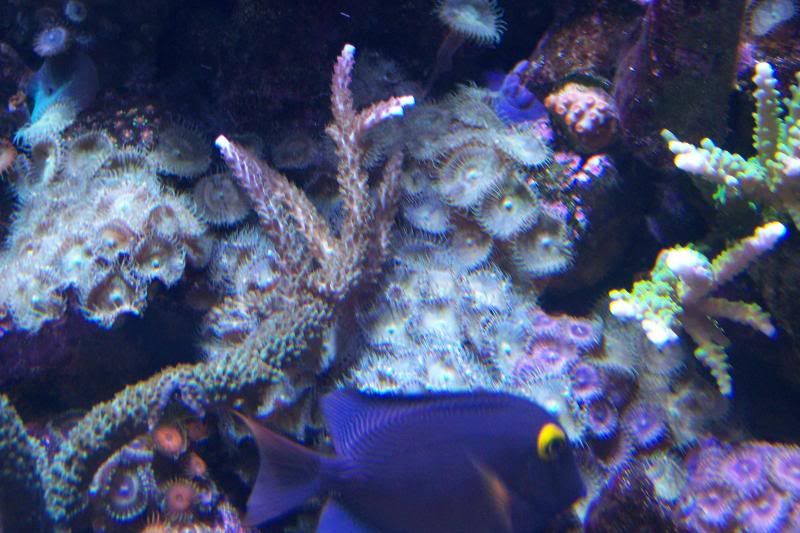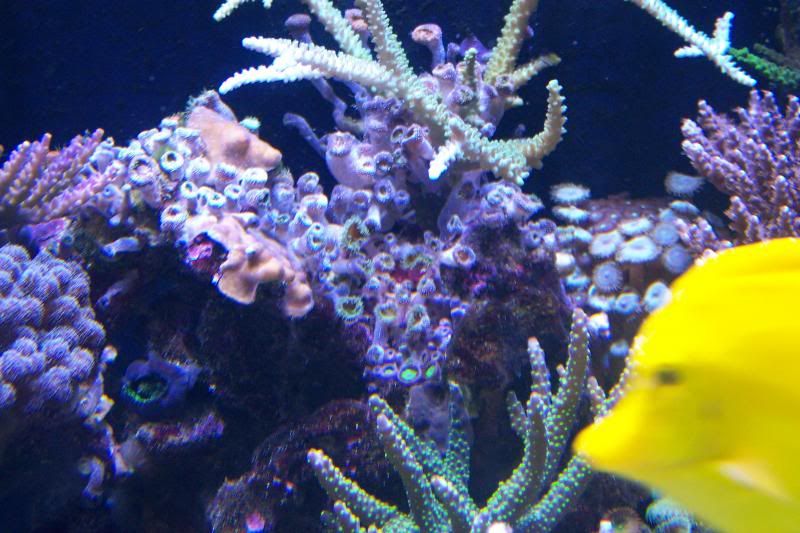
 |
|
#11
|
||||
|
||||
|
a couple doses of Aiptasia X works for me.
|
|
#12
|
|||||
|
|||||
|
What's a piece of crap? The laser or the zapper? The zapper works great from my experience but a piece of crap to me due to the way I built it. I cheaped out on parts. I've been researching the lasers and even joined a forum on laser burners to ask questions. I haven't decided on which model to order yet.
|
|
#13
|
|||||
|
|||||
|
Quote:
 Sounds like you may have another hobby on your hands, let us know what your research finds, I'll try to help find info as well |
|
#14
|
|||||
|
|||||
|
Quote:
Last edited by Madreefer; 06-16-2014 at 06:40 AM. |
|
#15
|
|||||
|
|||||
|
Quote:
Sheesh Safety goggles are definitley a must, makes me feel kinda dumb for trying to burn a ball tip anemone while looking at it, squinting mind you as it was bright! How about a tiny syringe with muriatic acid to inject them for the time being? |
|
#16
|
|||||
|
|||||
|
Quote:
This is the paly i'm trying to get rid of  Here's a spot I injected after 2 mins and it took 6ml in a syringe. My ph was'nt effected at all. I have so many more patches to go.  |
|
#17
|
|||||
|
|||||
|
I have that exact same paly all over the place (not on purpose). Mine started out as just a few that hitchhiked on some other colony of zoos I think.
My solution to this pest coral was to re-label them as "Kien's High End Designer Palys." I'm currently working on giving them a cool trade name. |
|
#18
|
|||||
|
|||||
|
Quote:
Maybe you can start selling some great Kiener Designer Coral Packs if you group them together with the famous clove polyps everyone wants. |
|
#19
|
||||
|
||||
|
Had the same ones hitchhike on a new peice of rock. Spread over the rock quickly. Injected them with lemon juice a few times and that took out most of them. The few remaining I covered with Epoxy.
|
|
#20
|
||||
|
||||
|
Texas trash Palys is what they are, and yep they grow fast, but I also found lemon juice killed them...
|